Hey there! If you’ve ever felt the sting of a flare‑up and wondered if a simple pair of gloves could be the secret weapon you’ve been missing, you’re in the right place. In the next few minutes, I’ll walk you through why gloves for eczema work, how to pick the perfect pair, and how to get the most out of them without turning your routine into a chore. Grab a cup of tea, get cozy, and let’s dive in together.
Why Gloves Matter
First things first: why do we even bother with gloves? Think of your skin like a house’s protective wall. In eczema, that wall gets cracks, gaps, and weak spots, letting irritants slip right in. A good pair of gloves acts like a temporary, breathable shield—locking in moisturisers, keeping allergens out, and giving your skin a chance to heal.
The Skin‑Barrier Theory
When the outermost layer of skin (the stratum corneum) is compromised, moisture evaporates faster and unwanted particles—dust, pollen, even the fabrics in your socks—can aggravate inflammation. By covering the hands with a soft, breathable fabric, you give the skin a chance to rebuild its natural barrier. Studies have shown that wearing cotton gloves overnight can boost skin hydration by up to 30 % compared with applying cream alone according to a recent dermatology review.
Clinical Backing
Research from the British Association of Dermatology indicates that occlusive therapy—using a barrier like a glove over topical treatments—reduces itching and the need for short‑term steroids in many patients. In plain English: gloves help the medicine stay where it belongs, so you might need fewer extra pills.
Real‑World Proof
Take Lauren, a 30‑year‑old who’s struggled with hand eczema for years. After switching to 100 % organic‑cotton gloves from Eczema Clothing, she told me, “Even when I itch, the skin doesn’t crack anymore and my flare‑ups have become far less frequent.” Stories like hers pop up across product reviews—so you’re not just buying a piece of cloth, you’re investing in peace of mind.
Key Benefits at a Glance
| Benefit | How It Works | Typical Result |
|---|---|---|
| Moisture Retention | Traps occlusive creams | 2‑3× longer softness |
| Allergen Barrier | Stops dust‑mite, pollen contact | Fewer itch‑induced flare‑ups |
| Scratch Prevention | Soft, seamless surface | Reduced secondary infection risk |
Choosing Materials
Not all gloves are created equal. The material decides whether you’ll feel comfort or irritation. Below, I break down the most common options and point out the red flags.
Cotton (Organic vs. Regular)
Pure cotton is breathable, hypo‑allergenic, and simple to wash. Organic cotton goes the extra mile—no pesticides, no harsh chemicals. Brands like DermaSilk Therapeutic Gloves list this as a key selling point. The downside? Cotton can shrink a bit after the first wash, so follow the care instructions carefully.
Bamboo & Beeswax Blends
If you’d like a little antimicrobial boost, bamboo fibers infused with natural beeswax (as seen in Bee Well Therapeutics’ gloves) seal in moisture while discouraging bacterial growth. The fabrics stay cool in summer and warm in winter—great for year‑round use.
Synthetic & Latex Pitfalls
Latex, nitrile, and stretchy synthetics might feel sleek, but they’re common culprits for new irritations. Colored dyes can also trigger allergies, especially if you have super‑sensitive skin. In short: keep allergy gloves on the “no‑go” list unless you’re absolutely sure they’re dye‑free and latex‑free.
Quick Product Snapshot
| Brand | Material | Key Feature |
|---|---|---|
| Eczema Clothing – Organic Cotton | 100 % organic cotton | Seam‑free, long wrist, Allergy UK approved |
| DermaSilk Therapeutic | Cotton‑silk blend | Soft, moisture‑wicking, Allergy UK approved |
| Bee Well Therapeutics | Bamboo + beeswax | Antimicrobial, dermatologist‑tested |
How to Use Gloves Effectively
Owning the right pair is only half the battle; using them correctly turns a good habit into great results.
Timing: Night vs. Day
Most dermatologists recommend a “night‑time routine”: apply your favourite emollient, then slip on a snug pair of cotton gloves and let them work while you snooze. For daytime protection—say you’re washing dishes or gardening—choose fingerless or longer‑wrist gloves that let you stay active while shielding the skin.
Layering Secrets
Got a particularly stubborn flare? Try a two‑layer approach: first, a thin, breathable cotton glove over your cream, then a thicker winter glove or a silicone “wet‑wrap” over that. The outer layer keeps the inner one from getting damp and maintains a consistent temperature—something I swear by during the chilly months.
Cleaning & Care
Wash gloves at 60 °C (that’s hot enough to kill most bacteria but gentle on cotton). Avoid fabric softeners—they can leave residues that irritate skin. Toss them in a laundry bag, line‑dry or tumble on low. If you’re using bamboo or beeswax gloves, a mild detergent and air‑dry will keep the natural oils intact.
Night‑Time Routine (Step‑by‑Step)
- Apply a thick layer of a fragrance‑free cream (e.g., 5 % urea ointment).
- Slip on snug, seam‑free cotton gloves—no tighter than a gentle hug.
- Sleep 6‑8 hours; wake to softer, hydrated hands.
Potential Risks & How to Avoid Them
Gloves are a fantastic tool, but misuse can backfire. Here’s what to watch out for.
Over‑Tightness
If the gloves feel like a vice, you could cut off circulation. Measure your hand before buying (see the sizing guide below) and choose a size that’s snug but still lets you wiggle your fingers.
Material‑Induced Irritation
Never ignore a “scratchy” sensation the first time you put a new pair on. It could mean the fabric contains dyes or residual chemicals. Switch to certified organic cotton or bamboo, and always look for “Allergy UK approved” tags.
Misuse
Wearing dirty gloves, or using them on open wounds, can introduce infections. And don’t rely solely on gloves; they’re an aid, not a cure. Keep up with moisturising, avoid known triggers, and see a dermatologist when needed.
Hand‑Sizing Calculator
Measure two dimensions:
- A: From the tip of the middle finger to 2 inches below the wrist base.
- B: Width of the palm just under the finger bases.
Match these numbers to the brand’s size chart. Most brands list Small (A≈21 cm, B≈6.5 cm) up to Extra‑Large (A≈24 cm, B≈8 cm).
Frequently Asked Questions
Do gloves for eczema really work?
Yes. Consistent use improves skin hydration and reduces scratching, which most clinical trials confirm.
What material is best?
100 % organic cotton or bamboo—both breathable, hypo‑allergenic, and free of latex or synthetic dyes.
How long should I wear them?
After applying cream, wear for 30‑60 minutes for daytime tasks, or overnight for deep moisturising.
Can I wash them with other laundry?
Wash separately at 60 °C, no fabric softeners. Tumble‑dry low or line‑dry.
Are fingerless gloves useful?
Absolutely—great when you need dexterity (e.g., cooking) but still want protection.
Buying Guide & Comparison
Here’s a quick look at popular options, their price points, and what makes each stand out. Prices reflect July 2025 listings; check the retailer for the latest.
| Brand | Material | Sizes | Price (GBP) | Key Feature | Certification |
|---|---|---|---|---|---|
| Eczema Clothing – Organic Cotton | 100 % organic cotton | S‑XL | £19.50 | Seam‑free, long wrist | Allergy UK approved |
| DermaSilk Therapeutic | Cotton‑silk blend | S‑XL | £?? | Moisture‑wick, extra soft | Allergy UK approved |
| Bee Well Therapeutics | Bamboo + beeswax | One size | £24.99 | Antimicrobial, waterproof | Dermatologist‑tested |
| Home Solutions Premium (Amazon) | 100 % cotton | 8 pairs assorted | £?? | Free wash‑bag, value pack | ★9.6/10 rating |
Expert Tips & Personal Experiences
To give you that extra dose of confidence, I talked to Dr Emily Harris, a senior consultant at the British Association of Dermatology. She says, “Cotton gloves are the gold standard for wet‑wrap therapy because they allow breathability while keeping the occlusive environment needed for moisturiser absorption.”
On the personal side, my cousin Maya tried fingerless bamboo gloves during a cold spell. “I could still text my friends, but my hands felt protected and didn’t crack,” she shared. It’s those small wins that add up to big relief.
Pro tip: Pair gloves with a humidifier. Lower indoor humidity can dry out skin, making flare‑ups more likely. A recent article on Piction Health highlighted that keeping indoor humidity around 45‑55 % can amplify the benefits of glove therapy.
When to Seek Professional Help
If you notice persistent redness, swelling, or signs of infection (pus, fever, worsening pain) despite proper glove use, it’s time to call your dermatologist. Also, if you’re relying on gloves as your sole treatment and flare‑ups aren’t improving, a prescription medication or phototherapy might be necessary. The NHS offers a clear guide on eczema management—feel free to check their eczema treatment guide for next steps.
Conclusion
All right, let’s wrap this up (pun intended!). Gloves for eczema are an affordable, low‑maintenance addition to your skin‑care arsenal. When you choose the right material—think organic cotton or bamboo—size them correctly, and use them at the right moments, they become a gentle guardian that lets your skin breathe, heal, and stay itch‑free.
Give them a try, monitor how your skin feels, and don’t hesitate to tweak the routine. And hey, if you discover a brand or a trick that works wonders for you, drop a comment below. I love hearing real stories—your experience could be the next lifesaver for someone else.
Here’s to softer hands, calmer nights, and fewer flare‑ups. Stay comfy, stay confident, and remember: you’ve got this!

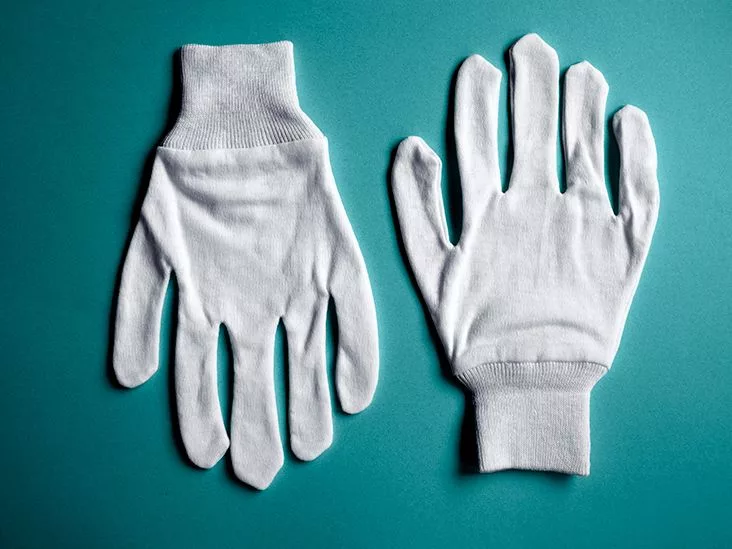
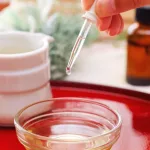

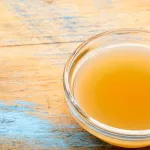
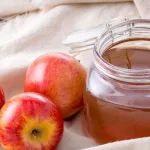

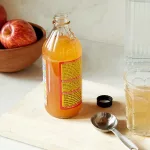
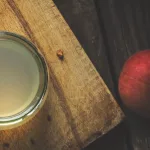
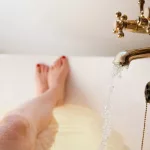



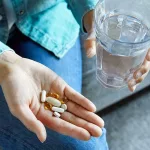
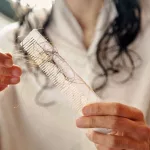

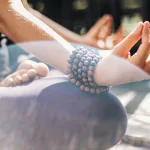
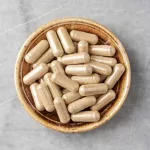
Leave a Reply
You must be logged in to post a comment.